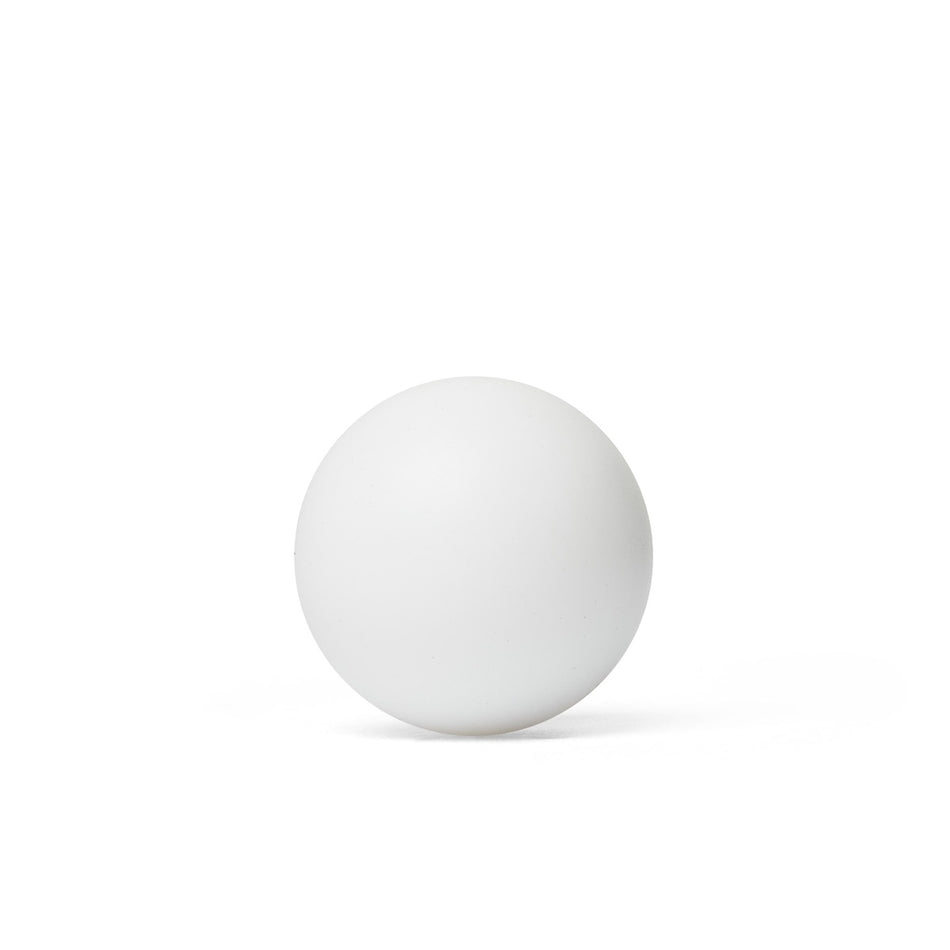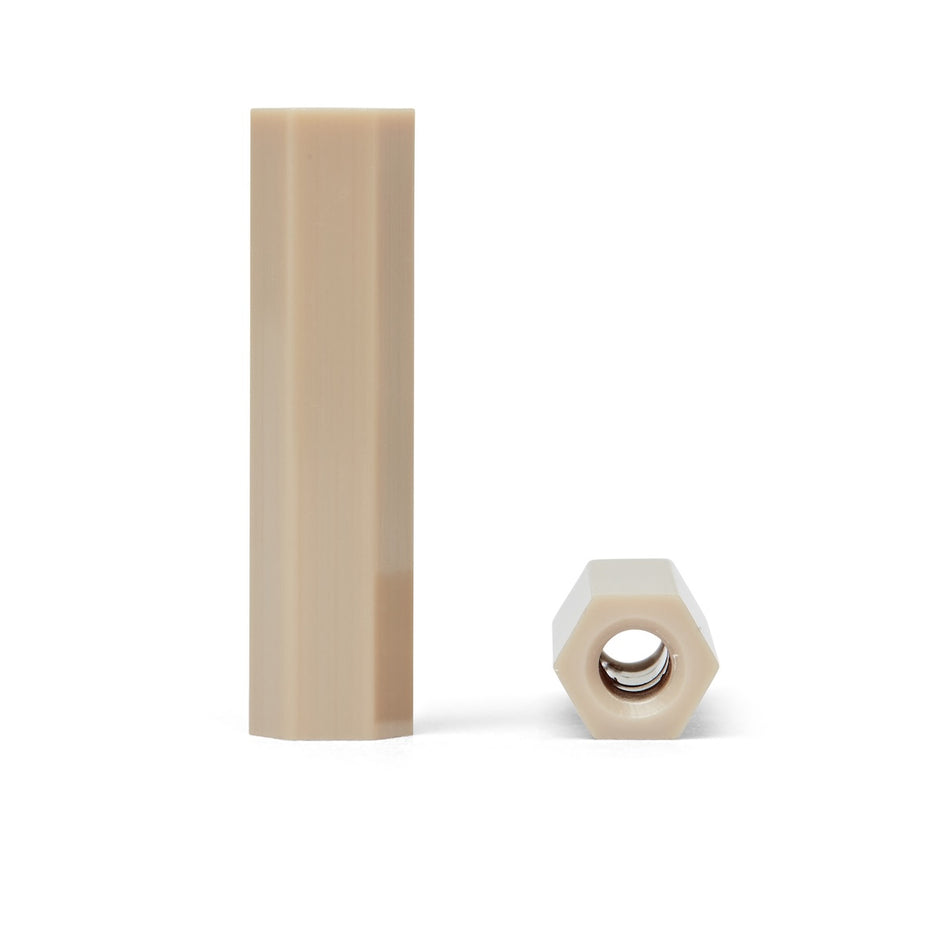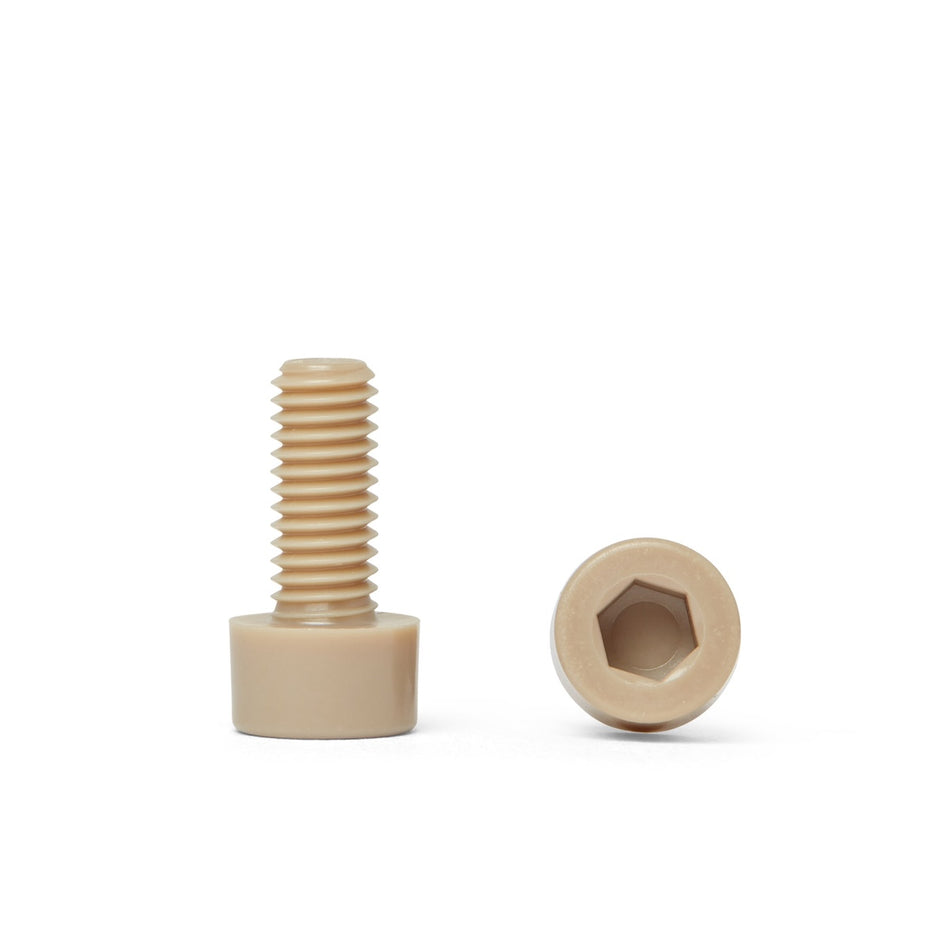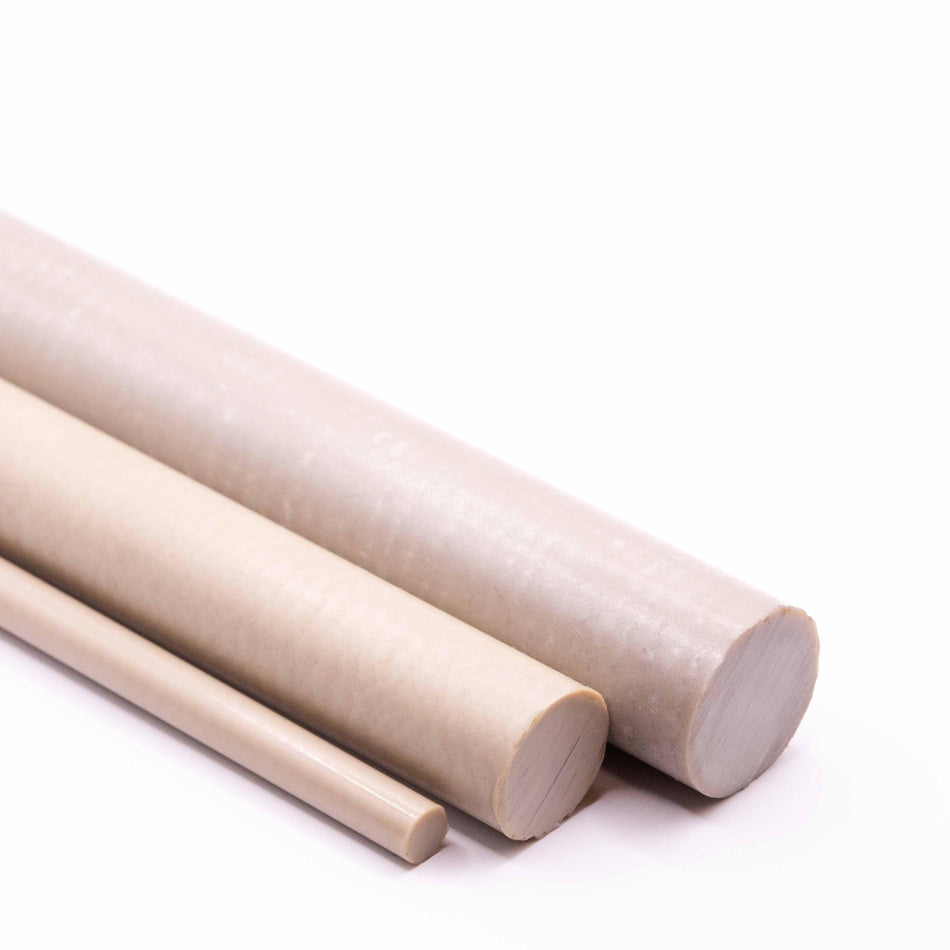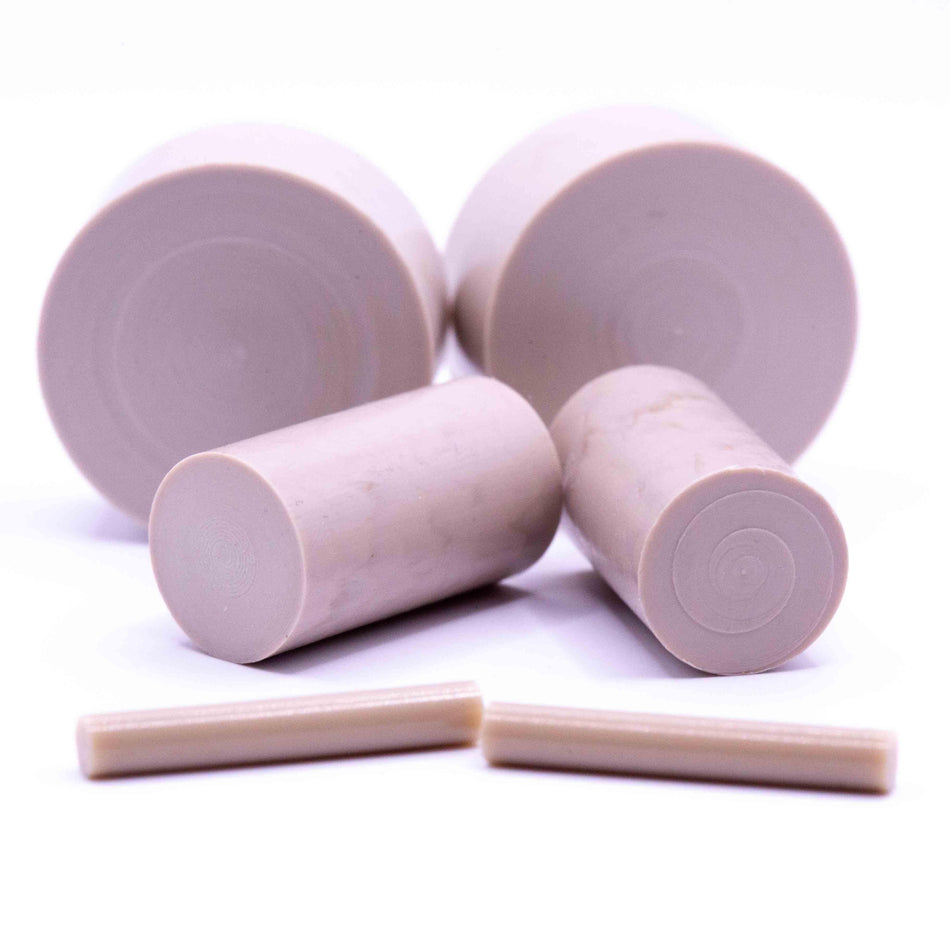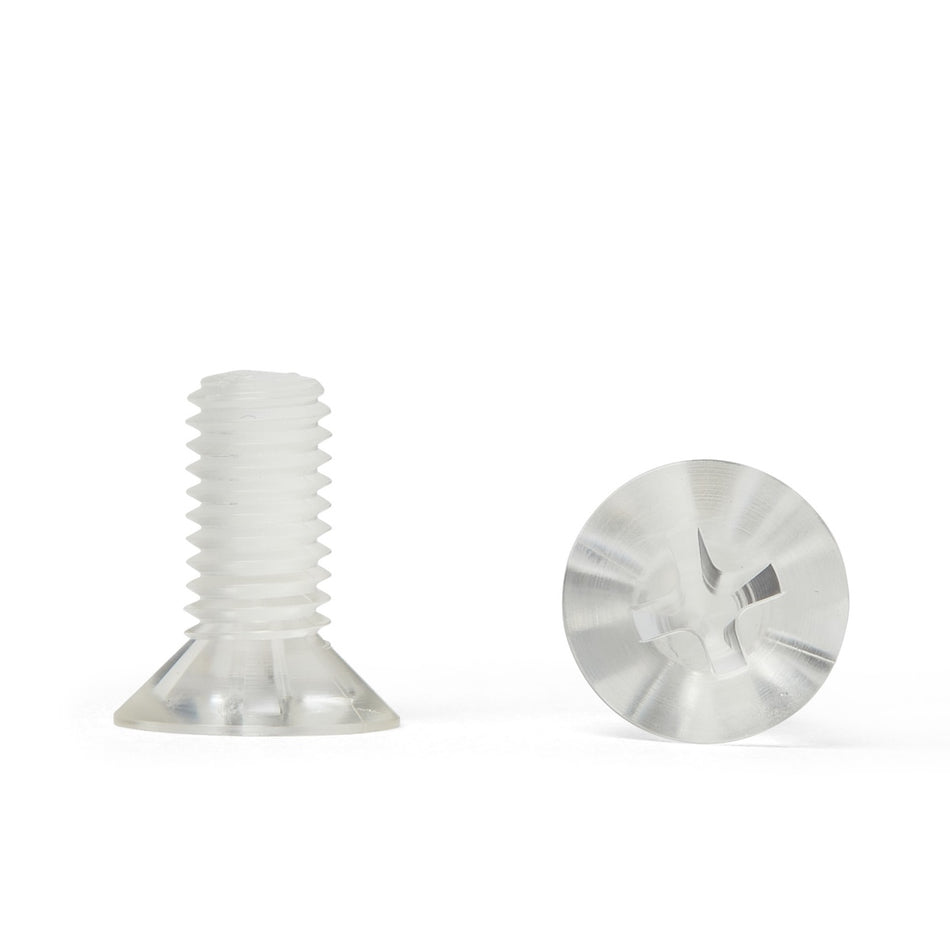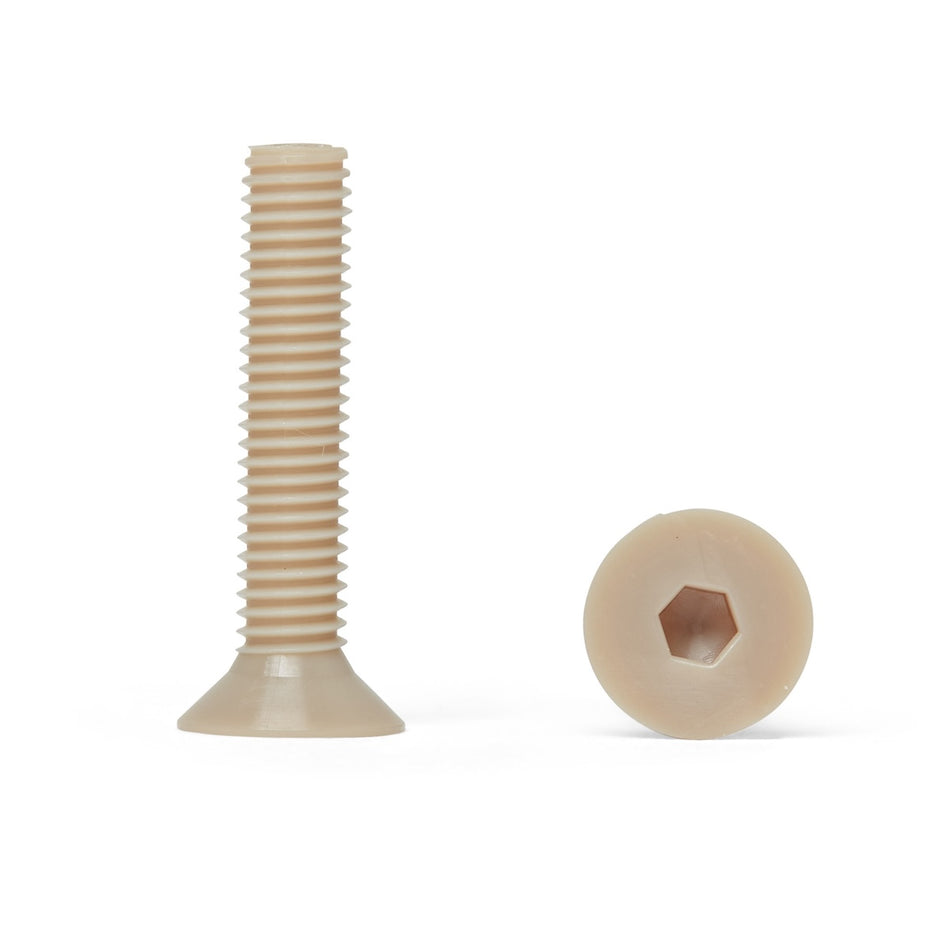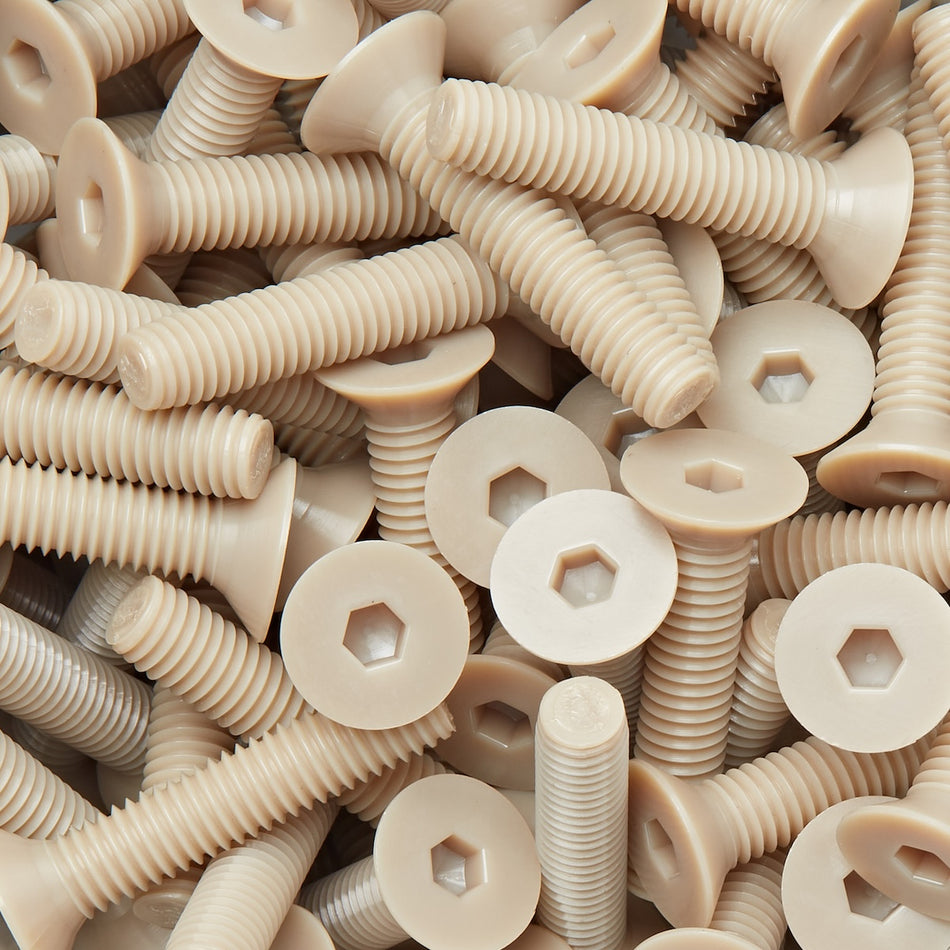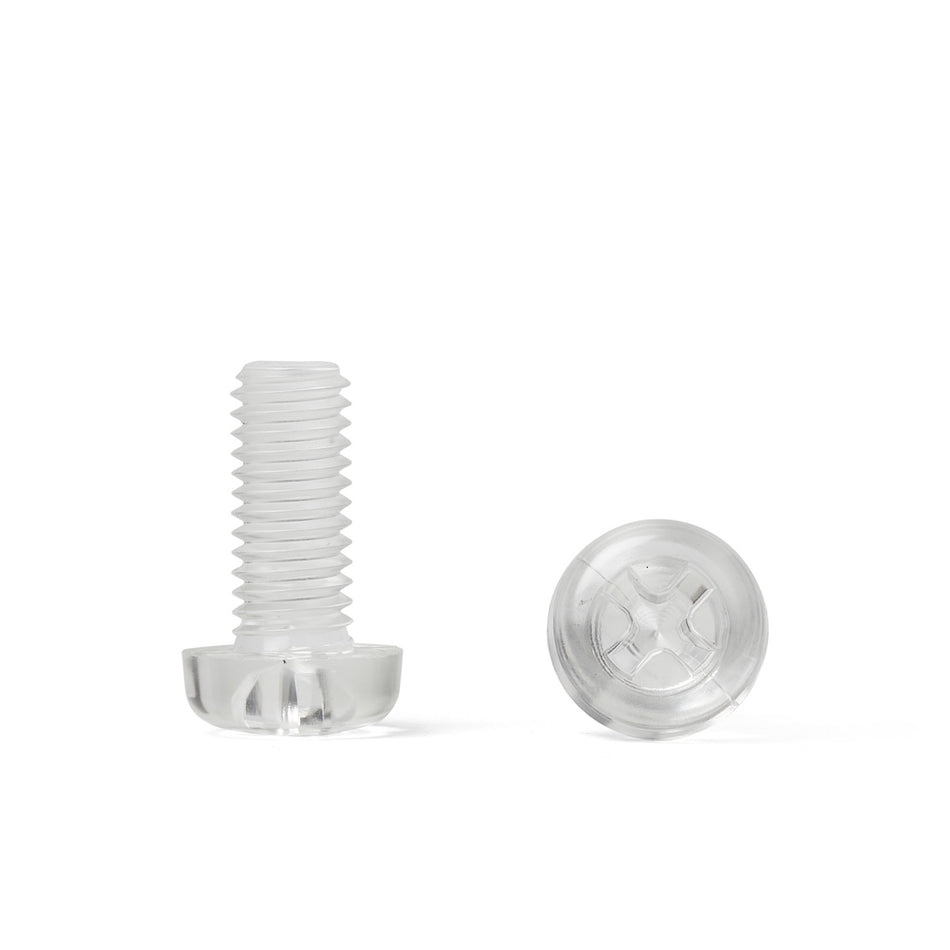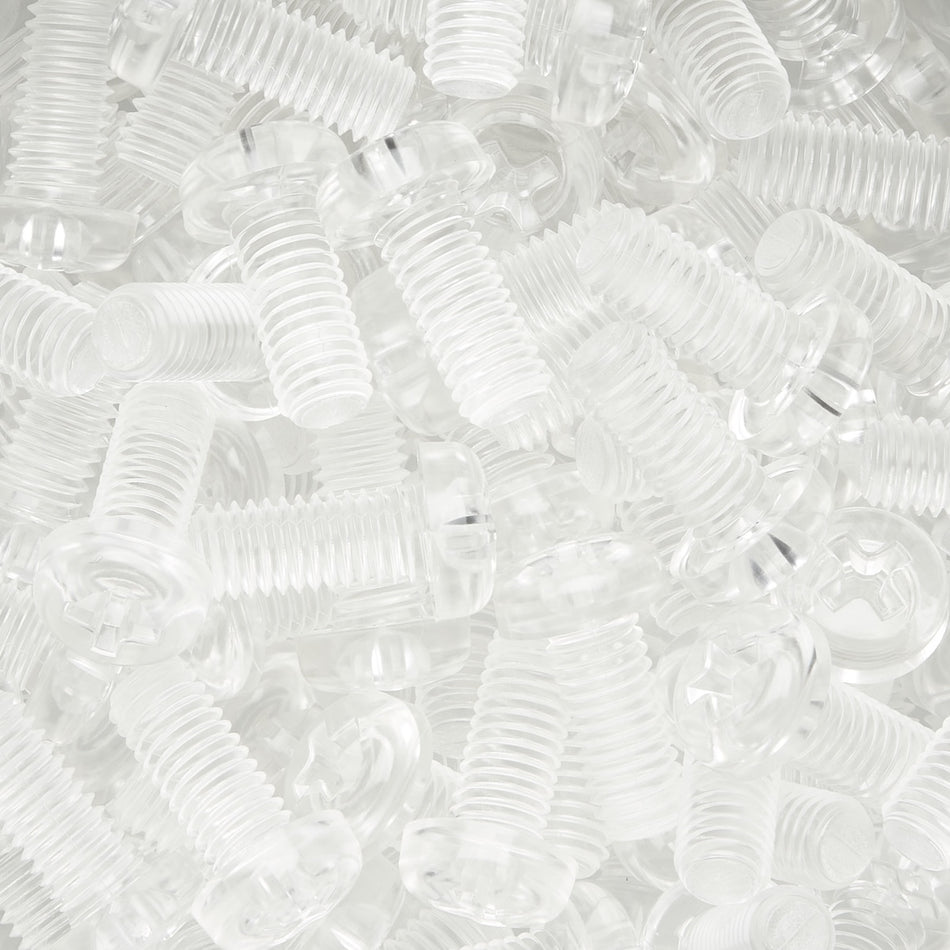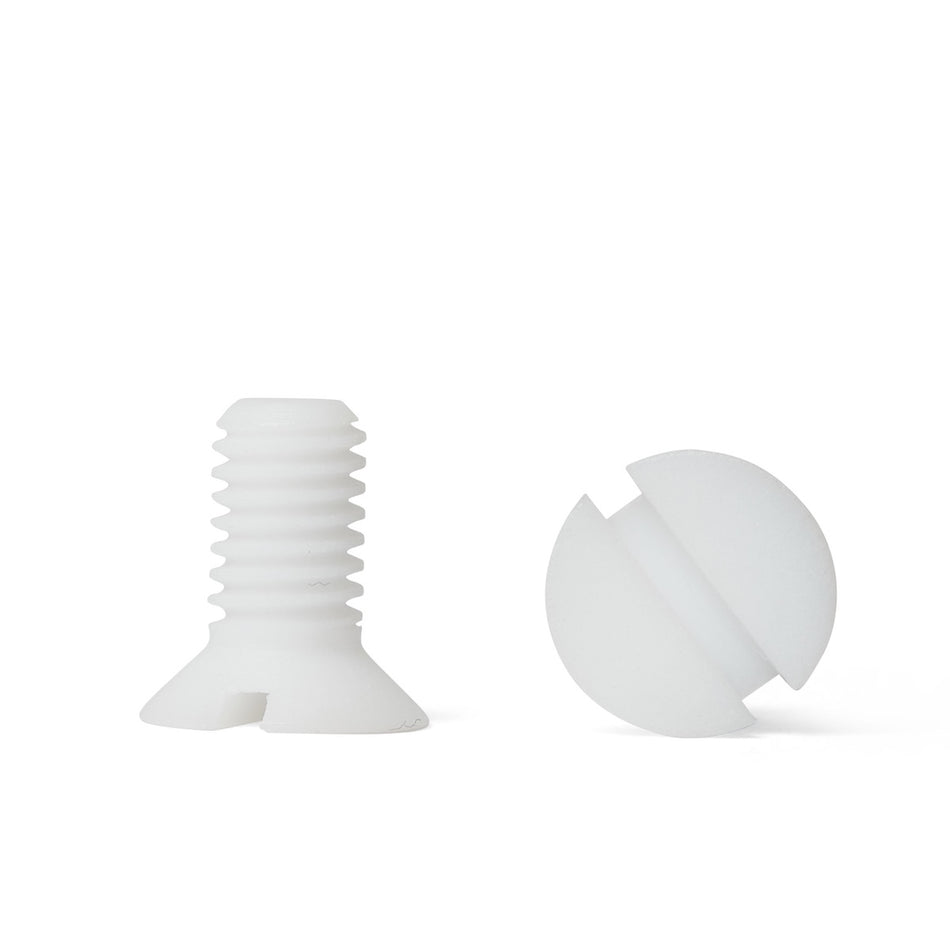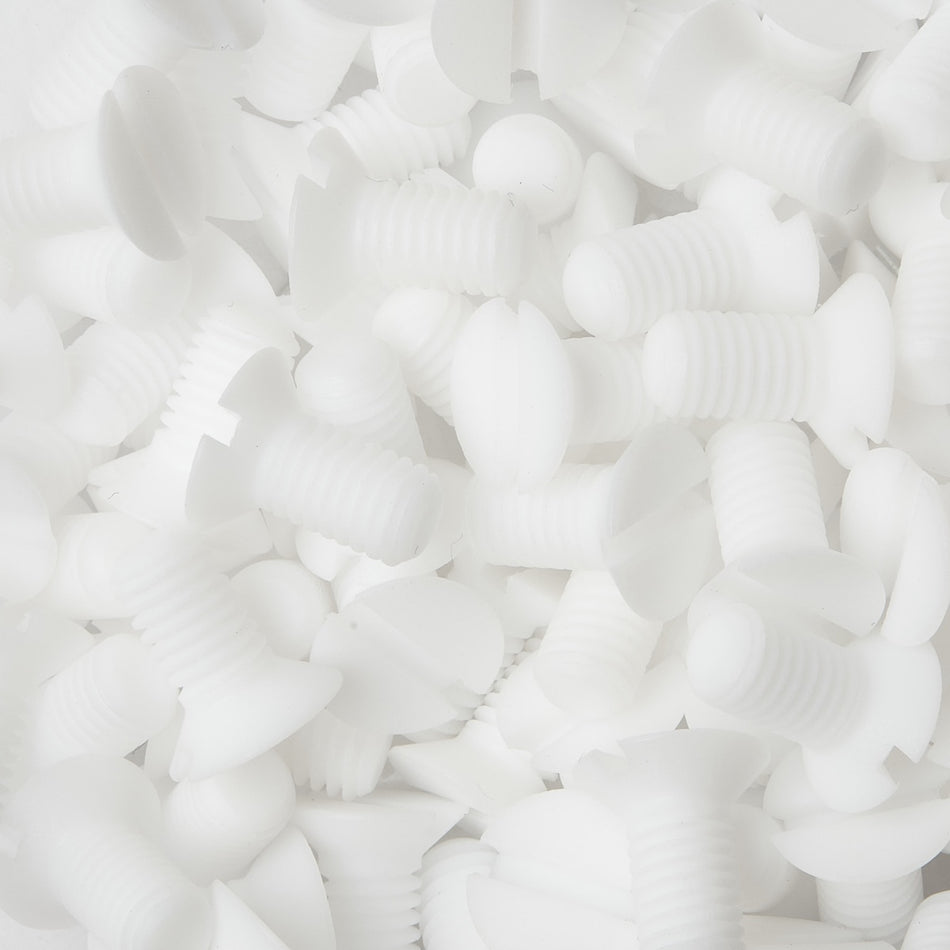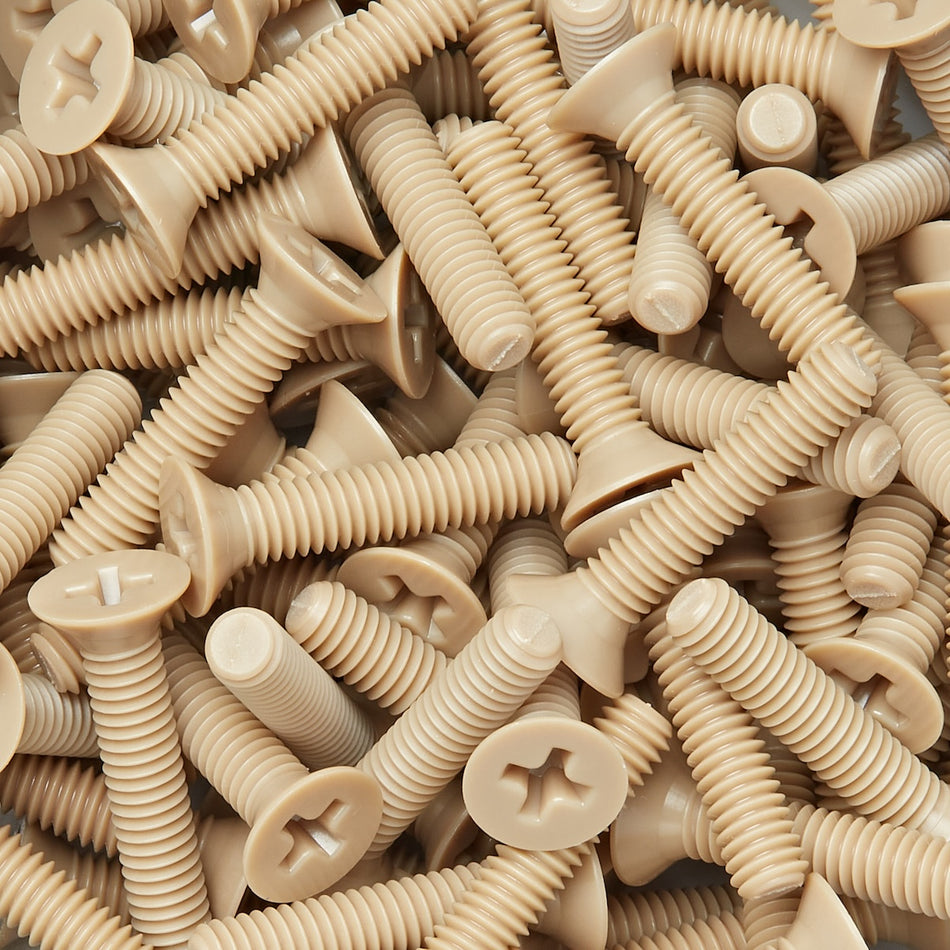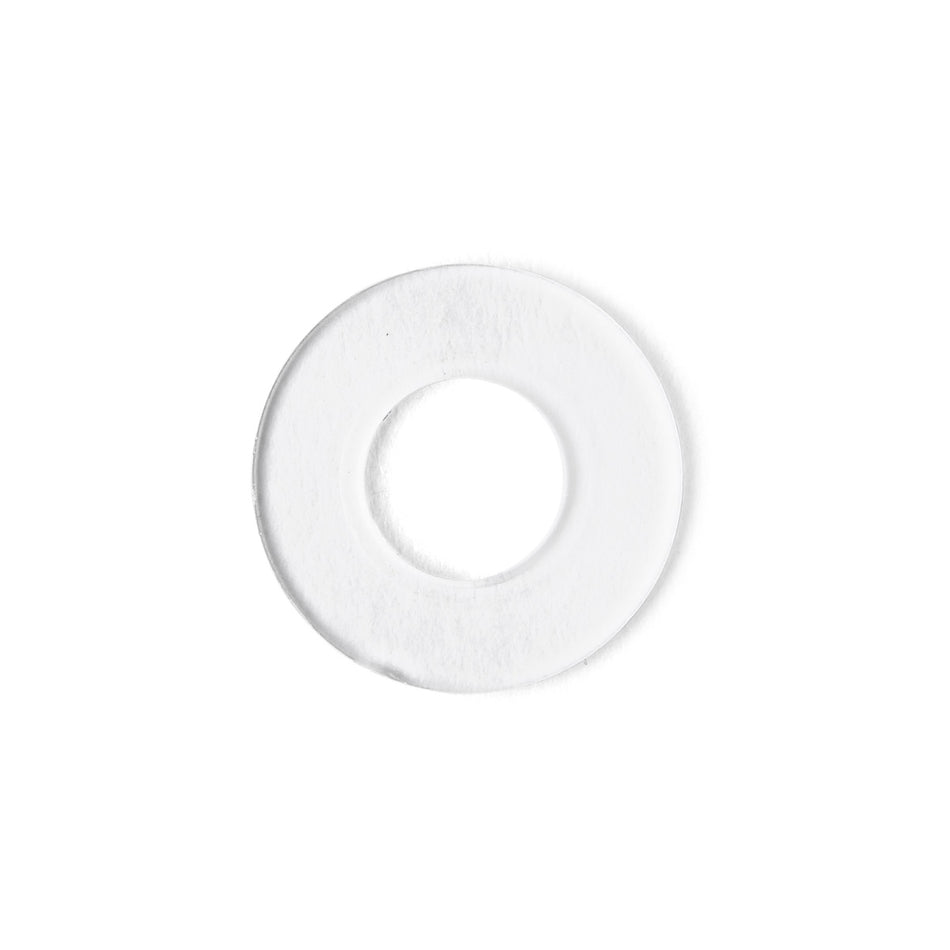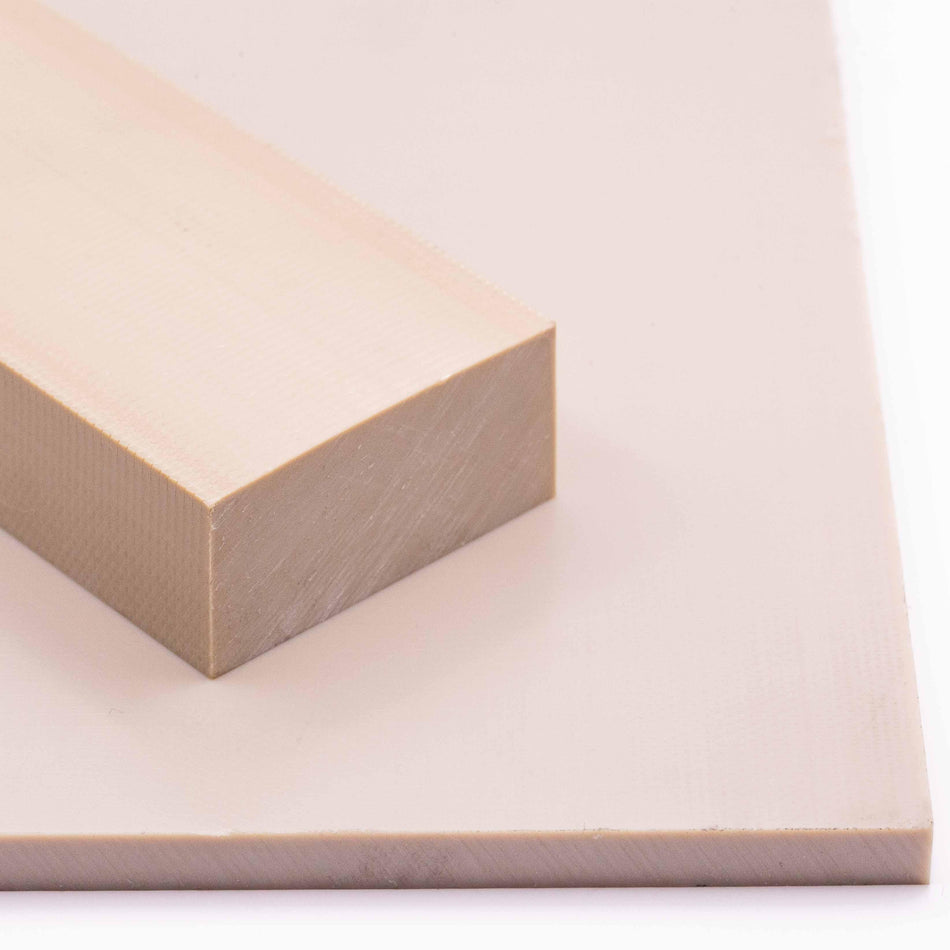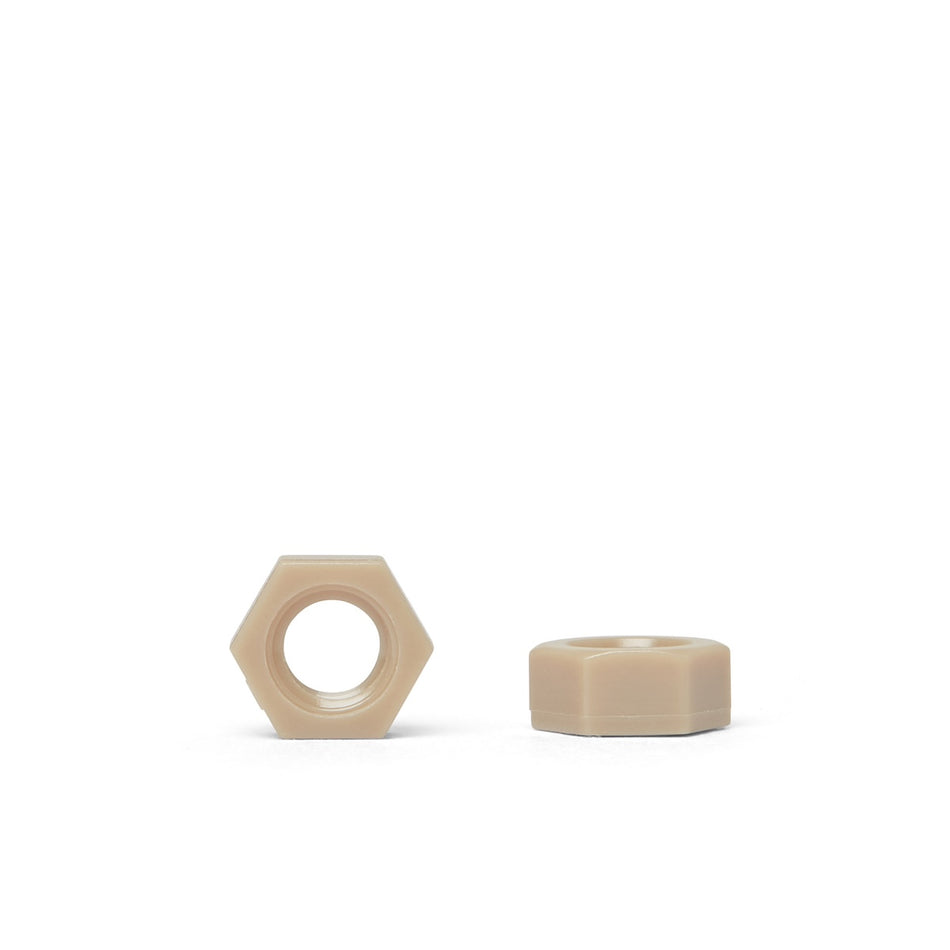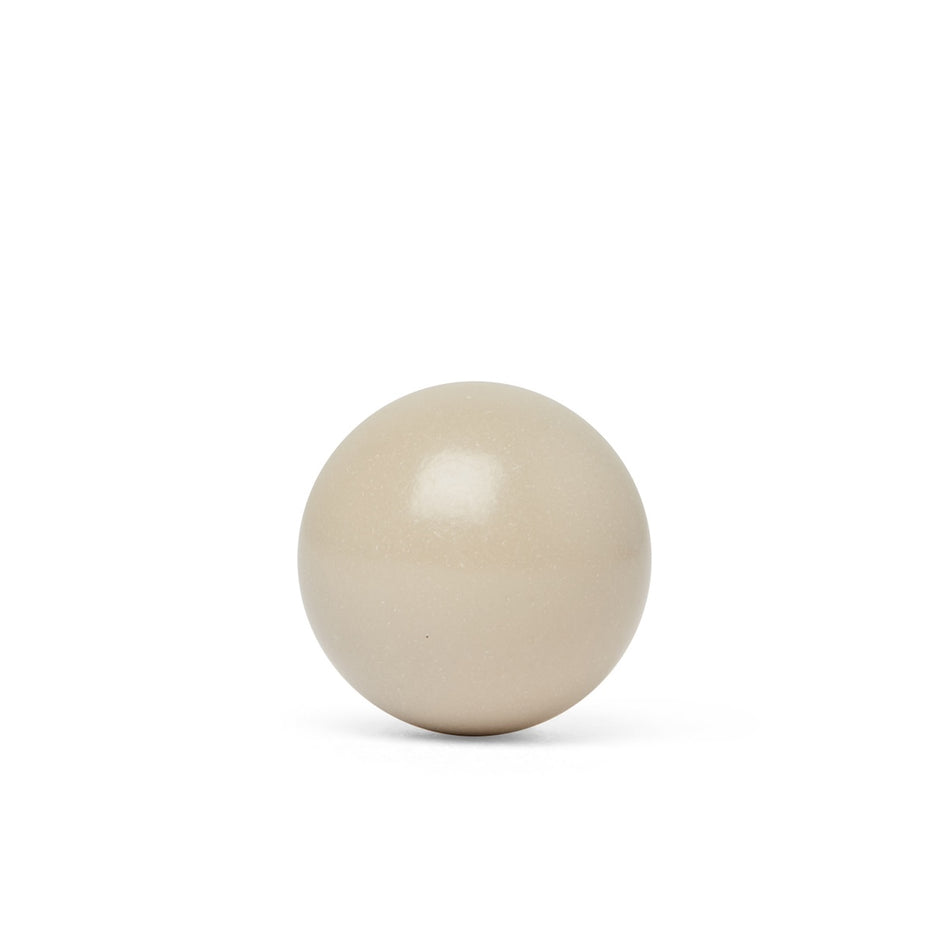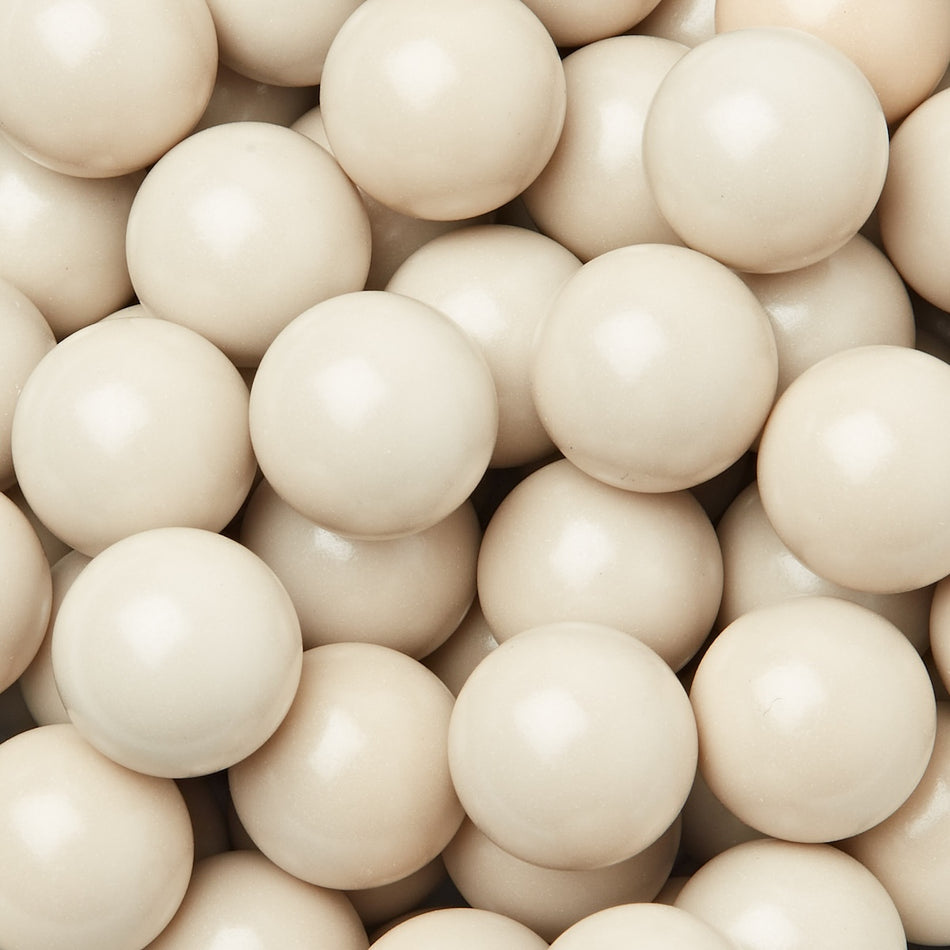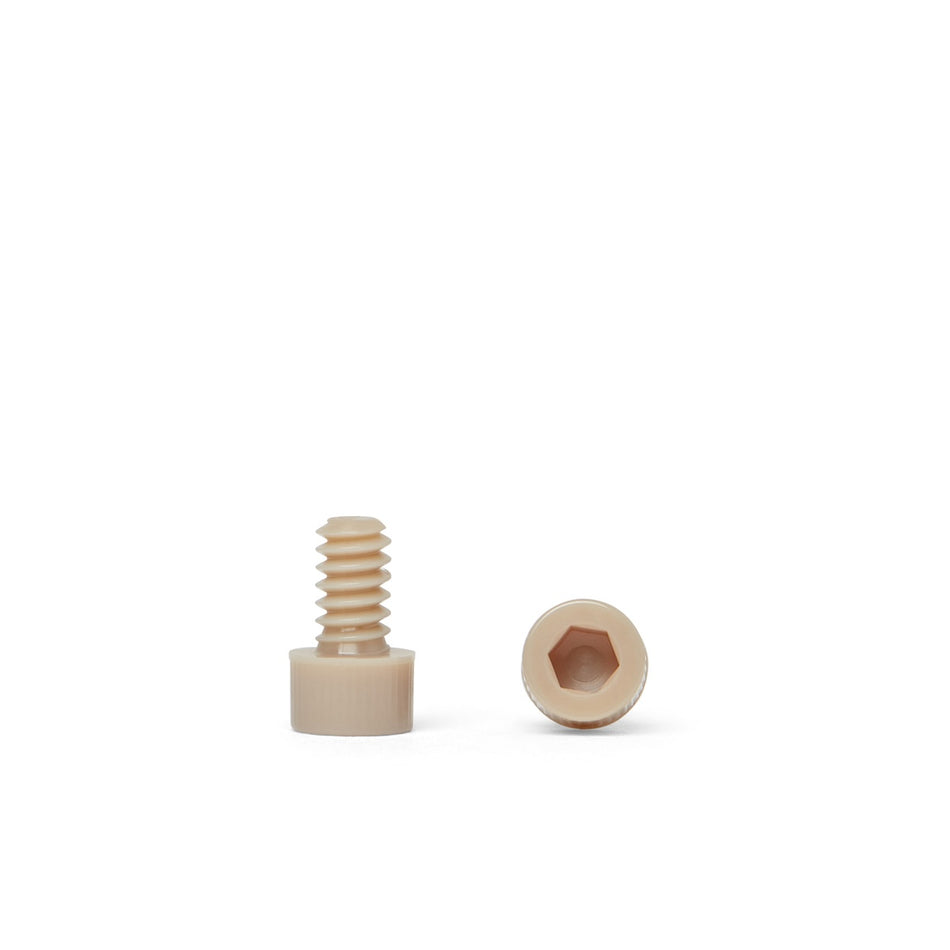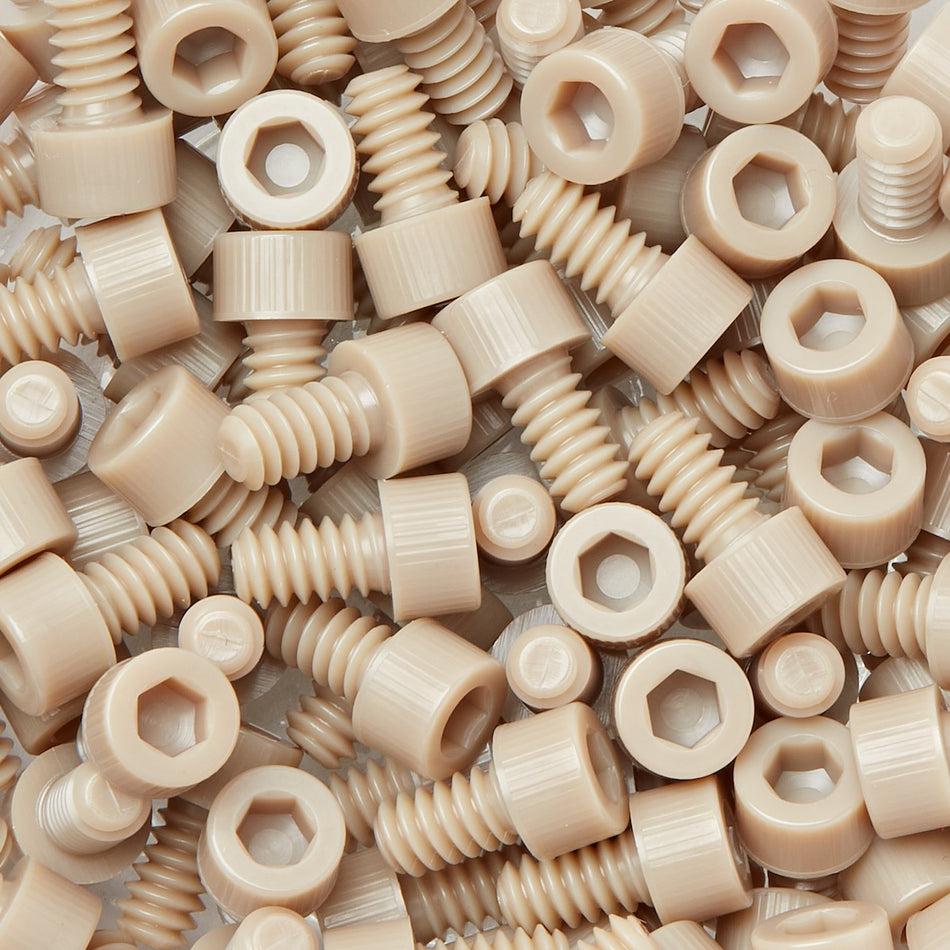107 Produkter

Neuro Science Solutions-industrin använder polymerskruvar, muttrar, bultar, brickor och fästelement
Polymerfästen är tillverkade av plast eller kompositmaterial och används i en mängd olika applikationer som ett alternativ till traditionella metallfästen. De kan vara att föredra på grund av sin lätta vikt, korrosionsbeständighet och isolerande egenskaper.
Den neurovetenskapliga industrin omfattar ett brett spektrum av forskningsområden, inklusive neurovetenskap, neurobiologi och neuropsykologi, och kan innebära användning av en mängd olika tekniker och verktyg, såsom avbildning av hjärnan, neurostimulering och gränssnitt mellan hjärna och dator. Det är möjligt att polymera fästelement kan användas vid tillverkning och montering av utrustning och instrument som används inom neurovetenskaplig forskning, t.ex. utrustning för neuroavbildning, neurostimuleringsutrustning och gränssnitt mellan hjärna och dator. Dessa fästelement kan användas för att säkra och fästa komponenter och sensorer, eller för att fixera och säkra prover och exemplar.
Branschen för neurovetenskapliga lösningar består av företag och organisationer som tillhandahåller produkter och tjänster relaterade till studier av nervsystemet och hjärnan. Detta inkluderar företag som utvecklar programvara och andra verktyg för att analysera och tolka hjärndata, samt företag som utvecklar produkter och terapier för behandling av neurologiska sjukdomar.
Några exempel på produkter och tjänster som erbjuds av företag inom branschen för neurovetenskapliga lösningar inkluderar:
- Programvara och hårdvara för neuroavbildning: verktyg för insamling och analys av data från avbildning av hjärnan, t.ex. funktionell magnetisk resonanstomografi (fMRI) och elektroencefalografi (EEG)
- Neurostimuleringsutrustning: utrustning som använder elektriska eller magnetiska stimuli för att stimulera hjärnan eller nervsystemet, t.ex. djup hjärnstimulering och transkraniell magnetisk stimulering (TMS)
- Neurofarmaka: läkemedel och andra terapier som används för att behandla neurologiska sjukdomar, t.ex. epilepsi, Parkinsons sjukdom och Alzheimers sjukdom.
- Hjärn-datorgränssnitt: teknik som gör det möjligt för användare att styra enheter eller datorer med sina tankar
Sammantaget spelar branschen för neurovetenskapliga lösningar en viktig roll för att öka vår förståelse för hjärnan och nervsystemet, och för att utveckla behandlingar och terapier för neurologiska sjukdomar.

